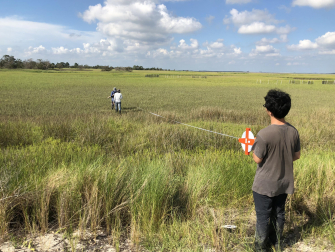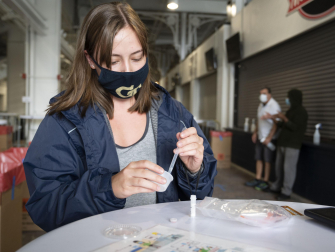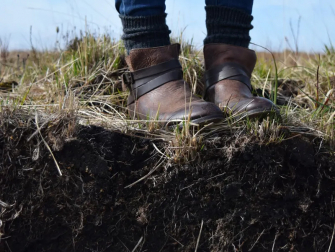Three researchers from the Colleges of Engineering and Sciences are leading astrobiology’s largest national conference focused on the origins of life.
Georgia Tech researchers venture out of the lab to find clues to everything from how to better communicate with robots to curing disease. Here are some of their wildest innovations inspired by nature.
Mark E. Hay, Regents' Professor and Teasley Chair in Environmental Biology in the School of Biological Sciences, has been elected a member of both the National Academy of Sciences, as well as the American Academy of Arts & Sciences.
Joined by alumni and friends, the College of Sciences welcomes new professors, presents annual faculty honors alongside inaugural staff and research faculty awards in recognition of individual excellence and community accomplishments.
A new study points to possible help for restoring marine ecosystems — and provides more data on the role microbes play in marsh plant health and productivity.
In early 2020, Georgia Tech researchers designed a saliva-based polymerase chain reaction (PCR) test and encouraged community members to test weekly to track the health of the campus.
Collectively responsible for roughly half of global carbon fixation, diverse groups of microbes coexist while relying on limited nutrients even as some microbes depend on energy from the sun to grow via photosynthesis. Precisely because microbes compete for scarce nutrients, how such a vast diversity of ocean microbes coexist has long puzzled scientists. Researchers from Georgia Tech, in collaboration with 13 other institutions, aimed to shed light on the subject as part of new work published in Nature Ecology and Evolution.
Georgia Tech scientists and engineers are building a new DOE-funded instrument that captures 3D images of plant-microbe chemical reactions underground in an interdisciplinary effort to develop biofuels and fertilizers — and help mitigate climate change.









